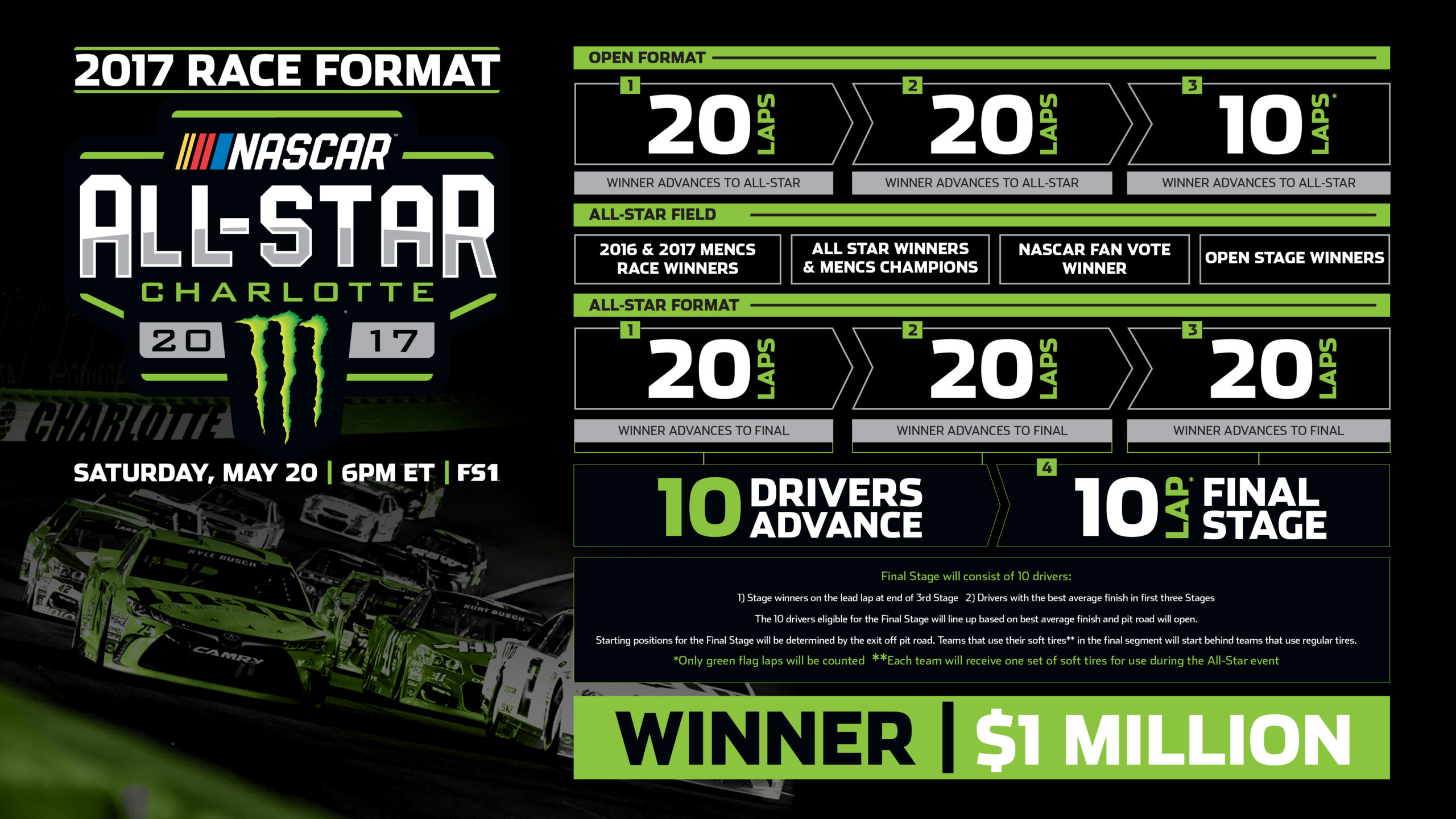Stephen Cox Blog Presented by McGunegill Engine Performance
As most racing fans know, two-time Formula 1 champion Fernando Alonso is slated to run the Indianapolis 500 in a Honda-powered entry from Andretti Autosport.
Less well known is the fact that my Electric GT Championship competitor, Stefan Wilson, was bumped out of his confirmed seat with Andretti so that Alonso could inherit the ride. In return for quietly stepping away from a confirmed Indy 500 seat, Wilson was promised a grab bag of favors including preferential treatment for a future ride.
This deal makes sense for everyone on a lot of levels. But why did the deal have to be cut in the first place? Why aren’t there plenty of cars and engines to go around for any qualified driver who wants to enter? This is where it gets ugly.
Indycar’s adoption of manufacturer-supplied engines has created an artificial shortage of open seats. Both of Indycar’s approved engine suppliers, Honda and Chevrolet, control their costs by placing strict limits on the number of engines they will make available to Indycar teams.
The series has outlawed independent engine providers, chassis builders, and tire manufacturers. You can only race what Indycar tells you to buy. Honda and Chevy aren’t willing to outfit additional teams, and why should they? With the field roughly divided in half between the two engine builders, providing more motors doesn’t significantly increase their chances of winning the world’s biggest race but it drives their costs through the roof.
And this is not the first time the situation has occurred. Pippa Mann had full funding for a shot at Indy a couple of years ago, but once again, an engine shortage figured heavily into the equation. Now Stefan Wilson is out of a ride so that Indycar can reap the benefits of drawing an F1 champ to the 500. Engine supply has become a major limiting factor in drawing any new teams or drivers to the Indy 500.
I’m delighted to see Alonso in the race, but this didn’t have to happen. And it shouldn’t have happened. Bumping drivers out of the race should happen on Bump Day during qualifying, not incorporate boardrooms in April.
Note to Indycar – people will pay to see this drama if you will put it on the track.
Can you imagine the racing world’s enthusiasm if Wilson and Alonso had settled this at 230 mph while fighting over the final grid spot on Bump Day? Instead, we have no drama at all. Unless he misses his flight to Indianapolis, Alonso’s spot is virtually guaranteed because we barely have enough cars to hold the race, let alone the newly revamped Bump Day which seems to generate little interest.
Spec car racing has had 20 years to do something other than fail, yet Indycar can still barely fill its own field each May. The series should open up the formula and allow new chassis builders, engine suppliers, and drivers to compete.
Stephen Cox
Sopwith Motorsports Television Productions
Co-host, Mecum Auctions on NBCSN
Driver, Electric GT Championship, Super Cup Stock Car Series








Couldn’t agree more. Grew up in Indy, been big fan for 40+ years. Indycar really hurt the sport in 1997 and has only gone down hill since. Just watched “bump day” (2nd day of qualification), there were no bumps, as you pointed out, not enough cars/teams to bump. Very disappointing. F1 is now, and has been for several years, the greatest racing to watch (even if primarily between 2 teams).
Great article, Stephen. You are exactly right!!